GM Tech Tip: Cold Start Misfires
An owner may complain of misfire or roughness during a cold start. Also, a P0300 code might be present, or there may be misfire codes limited to one or two cylinders. Looking at the misfire counter on a scan tool, you will see a high rate on typically one cylinder. The cause of the misfires might be a coolant leak that allows coolant to enter the cylinder at the point where the liner meets the deck face cast.

EGR And Secondary Air Injection And Emissions Management
The perfect internal combustion vehicle would be able to put the exact amount of fuel and air into the combustion chamber. If the perfect combustion event were to occur, you would get nothing more than water and carbon dioxide as byproduct. There would not be any unburned fuel or oxygen. Combustion would occur at the right temperature so oxides would not combine with nitrogen and carbon to form nitric oxides (NOx) and carbon monoxide (CO). This perfect car would not need a catalytic converter or any other emission-control device.
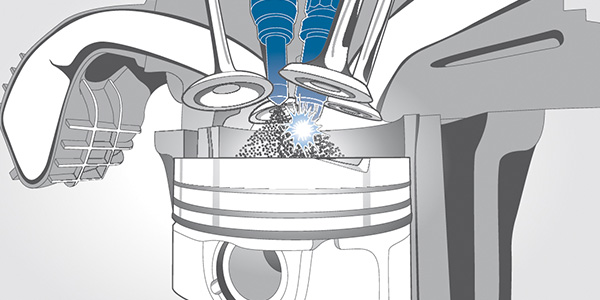
Causes And Diagnostics Of Motor Mount Failure
Motor mounts fail for a variety of reasons. The first cause is mechanical fatigue. Every combustion cycle and firing, a little vibration is created. The vibration is transferred to the motor mount. Every time the driver hits the gas, the force generated at the crankshaft is transferred through the drivetrain and ends up at the tires. Making sure these components stay in place and transfer all the power are the engine and transmission mounts. These actions can cause rubber and metal to fatigue.
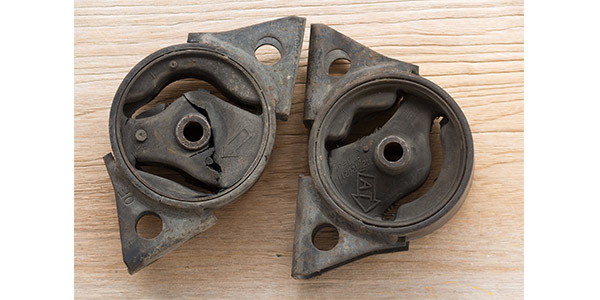
Finding The Leak: Detecting Small EVAP Leaks
Leaking vapors of fuel are more destructive to the environment than tailpipe emissions. The vapors from an Evaporative emissions system (EVAP) contain volatile organic compounds that can cause health problems and contribute to haze and smog in some cities. In China, much of the pollution in cities is caused by unburned fuel vapors.
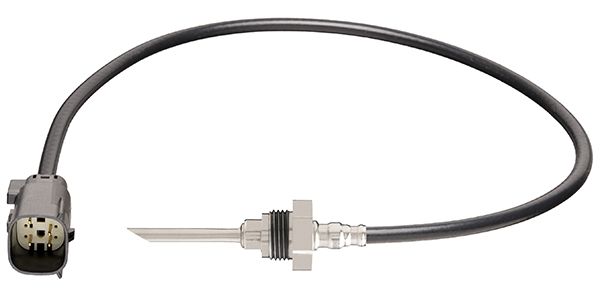
Inspect The Belt Before The Replacement Interval
If you have looked at some maintenance schedules on late-model cars and trucks, you may notice that there have been some changes to the interval schedule for drive belts. Some manufacturers like GM are shifting to an inspection of the drive belt, instead of specifying a set replacement interval. While some manufacturers like Chrysler are recommending a 120,000-mile replacement interval in the owner’s manual.
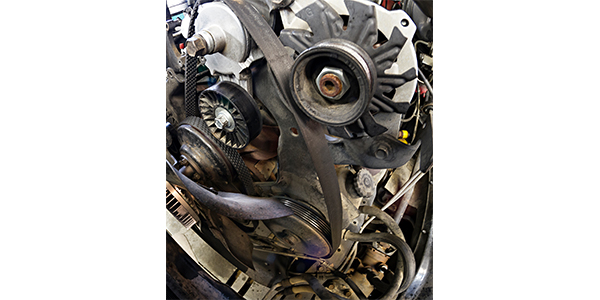
Understanding Ignition Systems: What Drives The Coil?
Ignition diagnostics in the 1960s was simple. By replacing the distributor’s points, rotor and cap as part of a tune up, ignition problems were solved as long as the technician set up the points and timing to factory specifications. In the early 1970s, solid-state semiconductor components reached a point where they were cheap and robust. Transistors and other electronic components replaced ignition points. With no moving parts, they require zero maintenance while providing a more powerful spark.
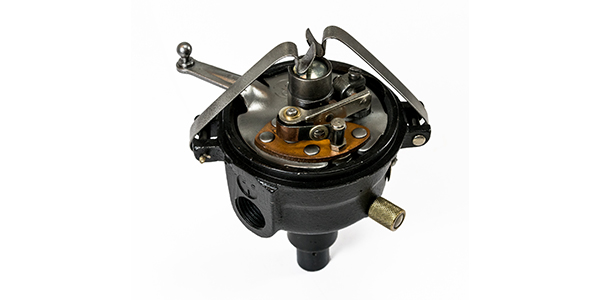
Transmission Fluid Service Options
Transmission fluid service has been a hot topic for engineers, drivers and shops. The biggest issue is that no matter the service or tools, it is impossible to replace 100% of the transmission fluid unless the transmission is disassembled.
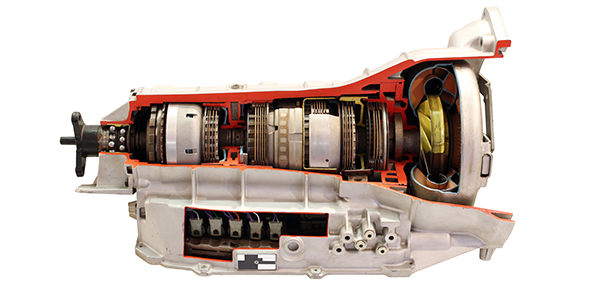
Idle And Throttle-By-Wire Systems
With carburetors, idle was a set RPM number that depended on the angle of the primary’s throttle. During a tune up, idle was set with a screwdriver. Also set was the fast idle cam that changed the throttle angle when the choke was set on some carburetors. Idle was a fixed angle and the idle would change as the A/C compressor clutch engaged or electrical loads increased.
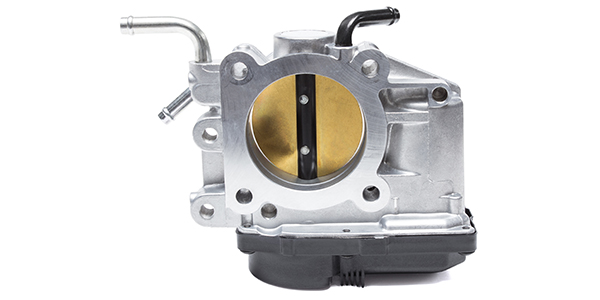
Nissan Variable Compression Engine
The new Nissan 2.0 L VC-Turbo (Variable Compression Turbo) offers similar performance figures to the 24-year-old 3.5 L V6 that it replaces, while providing 4-cylinder fuel economy. The first vehicle to receive the engine in the Nissan lineup will be the 2019 Altima SR. While it might be a few years before this engine is in your bays, the preparation and training needs to start now, not when you are stumped with a problem.
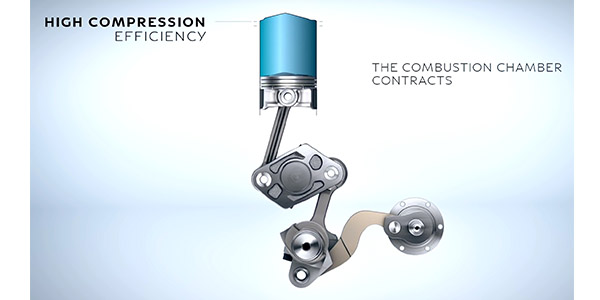
Pulse-Width Fuel Pump Diagnostics
You will see only one fuel line going to the fuel rail on most late-model vehicles. Instead of using an engine vacuum routed to a pressure regulator under the hood, returnless systems use engine data and vary the speed of the electric pump to meet fuel pressure and volume requirements without having to bleed off and return it to the tank when the engine does not need it.
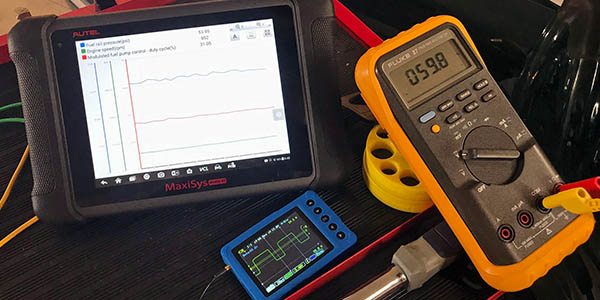
Understanding Hyundai TPMS
Hyundai TPMS has an auto relearn function, but if a shop is initializing a sensor or doing a manual relearn, you will need a TPMS tool that can capture the sensor IDs and program them into the TPMS module.
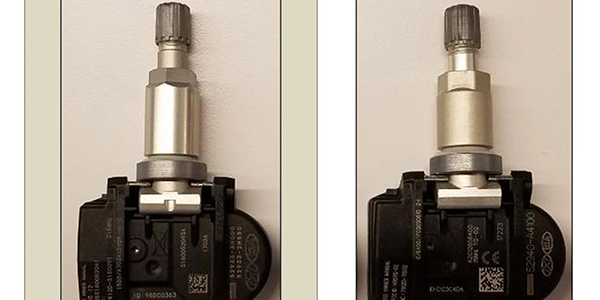
Diagnosing Intelligent Cooling Systems
The majority of cooling systems on the roads react to what is happening inside the combustion chamber. After the engine is stressed, the heat causes the thermostat to open. Increases in temperatures will also cause the cooling fans to come on. The heat carried by the coolant is the trigger for operation of the fans and thermostat.

